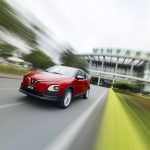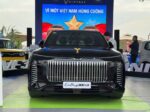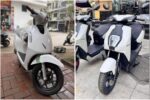Manufacturer and third-party reported mileage figures are often just a reference and rarely accurately reflect the actual range of electric vehicles. According to Consumer Reports, many electric vehicles have lower real-world driving ranges than the EPA figures.
The actual driving range of electric vehicles often differs from the figures provided by manufacturers or third parties. The maximum distance that an electric car can travel after each full charge depends heavily on road conditions, weather, and driving conditions. According to a report by Consumer Reports, nearly half of the tested electric vehicles had lower real-world driving ranges than what was claimed by the US Environmental Protection Agency (EPA), which is the figure often used by car manufacturers for marketing purposes.
Consumer Reports conducted tests on several car models with a speed of 112 km/h on highways, covering distances ranging from 3,200 to 24,000 km on the odometer, and outdoor temperatures ranging from 21-32 degrees Celsius. Even under such ideal conditions, nearly half of the tested electric vehicles still did not achieve the estimated range provided by the EPA.
Ford, Lucid, and Tesla’s models had lower real-world driving ranges than the figures published by the EPA. For example, the actual range of the Tesla Model S was 62 km less than the EPA’s estimate of 652 km, and the actual range of the Lucid Air was 64 km less than the EPA’s figure of 617 km. Even the popular Ford F-150 Lightning pickup truck had an actual driving range of only 434 km, far lower than the EPA’s figure of 515 km.
Audi, Hyundai, Genesis, Nissan, and Kia’s electric models also had lower real-world driving ranges than the EPA figures, but the difference was not significant. For example, the actual range of the Nissan Ariya was only 6.4 km less than the EPA rating, and the Hyundai Ioniq 6 had a similar difference of about 8 km.
On the other hand, BMW and Mercedes-Benz’s electric vehicles had longer real-world driving ranges than the EPA estimates. The BMW I4 and IX achieved more than 75 km additional range compared to the estimates. The Mercedes-Benz EQE had an actual driving range of 457 km after a full charge, surpassing the EPA’s estimate by 115 km.
Thái Sơn (Tuoitrethudo)
Reference: Motor1

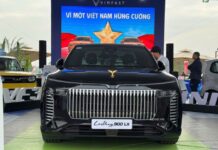

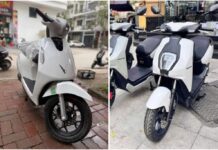
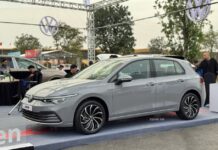




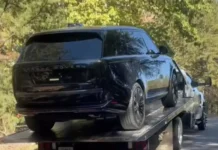















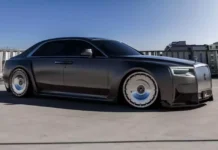




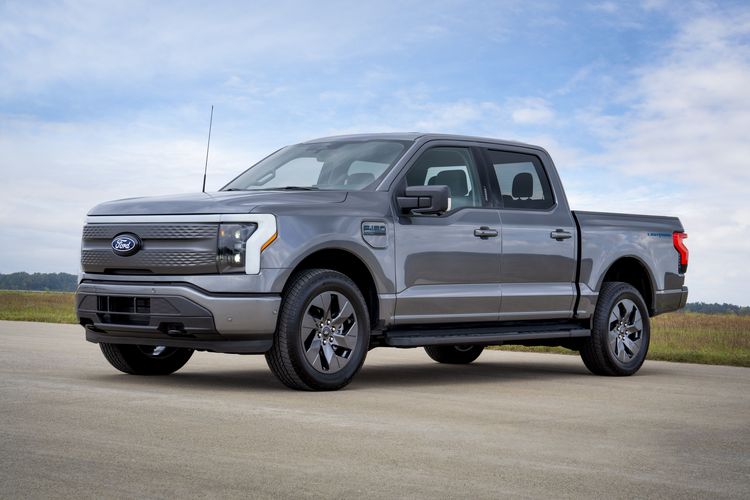
.jpg)
.jpg)
.jpg)

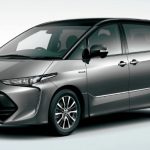
![[Quick Review] Hyundai IONIQ 5 – A Vehicle from the Future](https://vnauto.net/wp-content/uploads/2023/10/xehay-hyundaiioniq5-18052022-2-150x150.jpg)

